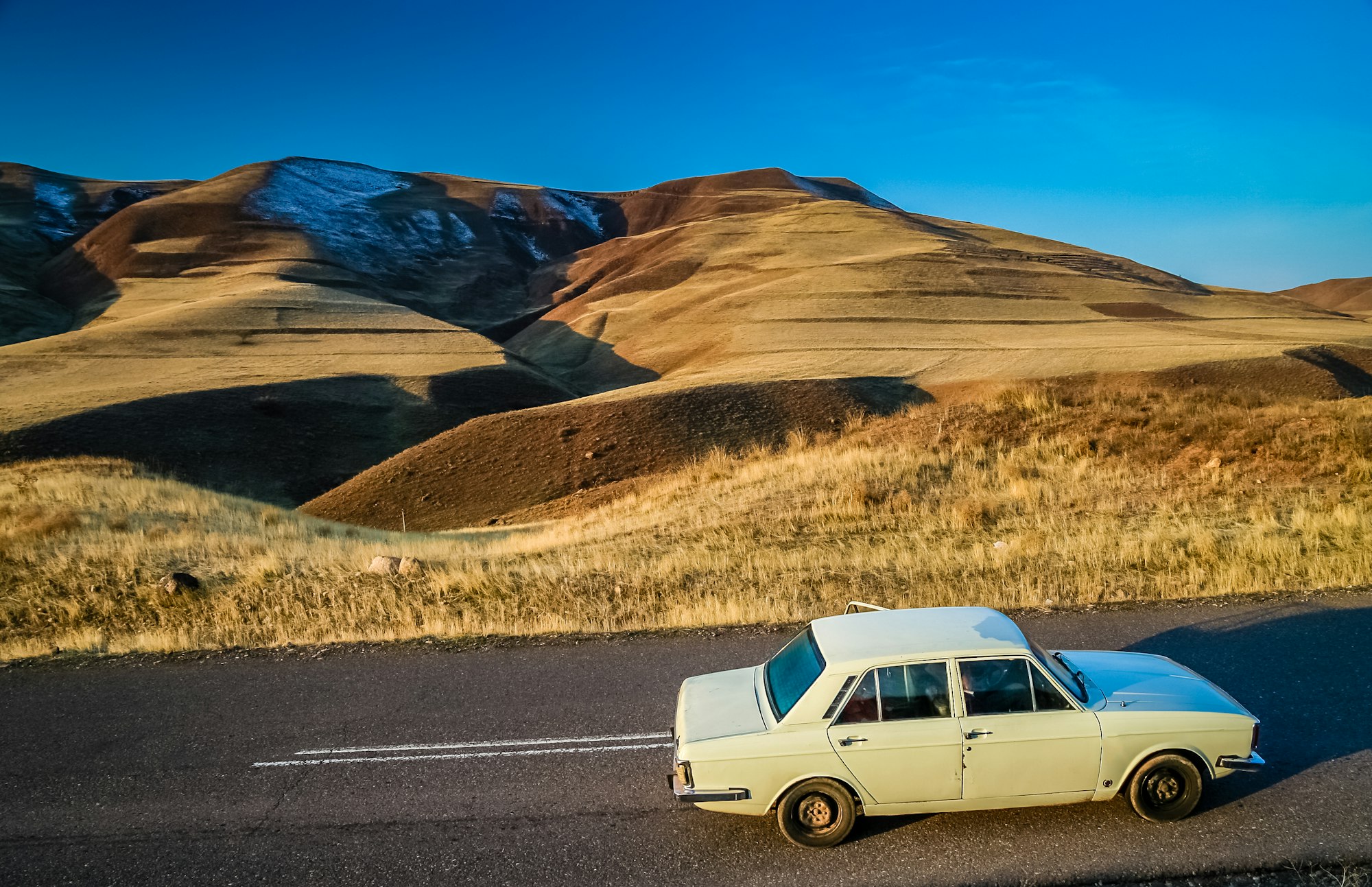How to Develop a High-Altitude Training Program for Mountaineering Expeditions?

Title: How to Develop a High-Altitude Training Program for Mountaineering Expeditions?
Are you interested in reaching new heights in your mountaineering journeys? Are you seeking a way to elevate your climbing prowess through a comprehensive training regimen? Preparation is key when it comes to tackling high-altitude climbs. In this comprehensive guide, we’ll detail the essential components of a high-altitude training plan. We’ll cover areas such as strength and endurance training, aerobic fitness, rest and recovery, and managing weight and pack. By the end of this guide, you’ll have a solid blueprint to craft your high-altitude training program, ensuring your preparedness for the upcoming mountain expedition.
Lire également : How to Maximize Nutrient Uptake in Vegetarian Endurance Cyclists?
##Strength and Endurance Training
Strength and endurance are integral aspects of a mountaineering training plan. A well-rounded mix of both can drastically improve your climbing capabilities, specifically when dealing with high-altitude climbs. It’s important to remember that mountaineering isn’t just a test of physical strength but mental will as well.
Lire également : What’s the Role of Sports Psychology in Overcoming Plateaus in Powerlifting?
Strength training should focus on strengthening the muscles used in climbing. These include the core, legs, and upper body. Exercises such as squats, lunges, pull-ups, and planks can be beneficial. Training should be done at least three times a week, with each session lasting a minimum of 30 min to promote muscle growth and endurance.
Endurance training, on the other hand, is all about improving your stamina. It involves exercises that keep your heart rate elevated for extended periods. This form of training helps your body adapt to the rigors of long-duration climbing. Activities such as running, cycling, or swimming can be incorporated into your training plan for aerobic endurance.
##Aerobic Fitness
Aerobic fitness is a key component in high-altitude climbing. At greater altitudes, the air is thinner, meaning there is less oxygen available. This can cause a strain on your cardiovascular system, making it harder to breathe and perform physically demanding tasks. That’s where aerobic fitness comes in.
Improving your aerobic fitness can enhance your body’s ability to use oxygen effectively, even in conditions where it’s scarce. Regular cardio exercise is crucial to boost your aerobic capacity.
Consider incorporating running, cycling, or swimming into your weekly training routine. Aim for sessions that last between 30 to 60 minutes, with an intensity that allows you to talk comfortably while exercising.
##Rest and Recovery
While training is essential for improving your climbing abilities, rest and recovery are equally important. They allow your body to repair and strengthen itself between workouts, reducing the risk of injury and burnout.
Your training plan should include rest days where you engage in light, non-strenuous activities. This could be as simple as taking a walk, practicing yoga, or reading a book. Recovery also includes getting sufficient sleep each night, as this is the time your body does most of its repair work.
##Pack and Weight Management
In mountaineering, the weight you carry can significantly impact your climbing performance. A heavy pack can drain your energy quicker, reduce your speed, and increase the risk of injury. Therefore, it’s necessary to learn how to effectively manage your pack and body weight.
Start by only packing the essentials for your climb. Consider the length of your expedition, the weather conditions, and the demands of your climb. Keep in mind that every extra pound adds to the strain on your body.
When it comes to body weight, remember that carrying excess weight can be just as detrimental as a heavy pack. Maintain a healthy weight through a balanced diet and regular exercise. This can improve your strength-to-weight ratio, a key factor in climbing efficiency.
##Altitude Training
The final, and arguably most vital, element of your training plan should be altitude training. This involves exercising at elevations similar to those you’ll encounter on your expedition. The aim is to acclimate your body to the conditions it’ll face during the actual climb.
If you live at sea level, consider using an altitude mask or visiting an altitude training center. Alternatively, if you have access to a mountain, make the most of it. Spend time hiking and camping at various elevations to gradually expose yourself to higher altitudes.
Remember, high-altitude training should be conducted safely. Ascend slowly to allow your body time to adjust to the change in oxygen levels, and be mindful of the symptoms of altitude sickness.
In conclusion, developing a high-altitude training program for mountaineering expeditions requires a balanced mix of strength and endurance training, aerobic fitness, rest and recovery, pack and weight management, and altitude training. With careful planning and consistent effort, you can conquer the highest peaks and enjoy the thrill of mountaineering.
##Specific Training Techniques
A crucial part of a high-altitude training plan involves implementing specific training techniques designed to prepare you for the unique challenges of mountaineering. These techniques should mimic the actual climb as closely as possible to allow your body to adapt and gain the necessary skills.
Interval training is a popular technique to enhance both your aerobic and anaerobic fitness. This involves alternating between periods of high-intensity exercise and periods of rest or low-intensity activity. For instance, you might engage in a high-intensity uphill climb for several minutes, followed by a few minutes of rest or low-intensity walking. This can help optimize your heart rate and improve your muscular endurance.
Another technique is motor fitness training, which focuses on refining your climbing skills and movements. This includes improving your balance, agility, and coordination – skills that are essential for managing challenging terrains and preventing injuries.
Lastly, try incorporating elevation gain into your training routines. This means gradually increasing the altitude at which you train. This can help you acclimate to the low-oxygen conditions you’ll experience at high altitudes, thus improving your performance when the time comes for the actual expedition.
##Mental Preparation and Hydration
An often-overlooked aspect of mountaineering training is mental preparation. The mental challenges you’ll face during a high-altitude expedition can be just as intense as the physical ones. Therefore, mental strength training should be a key component of your training plan.
Practices such as visualization and mindfulness can be invaluable tools for developing mental resilience. Visualization involves mentally rehearsing your climb, picturing each step, and overcoming potential obstacles. This can not only improve your confidence but also help you respond more effectively to challenges during the expedition.
Hydration is also a key aspect that can affect your performance during a high-altitude expedition. With the increasing altitude, the body tends to lose fluids at a faster rate. Therefore, it’s important to maintain optimal hydration levels during your training sessions and on the actual expedition.
##Conclusion
Creating a successful high-altitude training program for mountaineering expeditions requires careful consideration of various factors. From physical fitness training, including strength and endurance, aerobic capacity and specific training techniques, to rest and recovery, pack and weight management, altitude adjustments, mental preparation, and proper hydration, each component plays a vital role in your overall performance.
With proper planning, execution, and consistency, your training program can help you meet the challenges of high-altitude mountaineering head-on. Remember that a well-rounded plan is more than just physical training – it’s about preparing your mind and body to work together to conquer the highest peaks.
As an uphill athlete, the journey may be demanding, but the rewards are immense. Stay patient, be consistent, and listen to your body to ensure a safe and successful mountaineering expedition. After all, it’s not just about reaching the summit but also about enjoying the journey.
